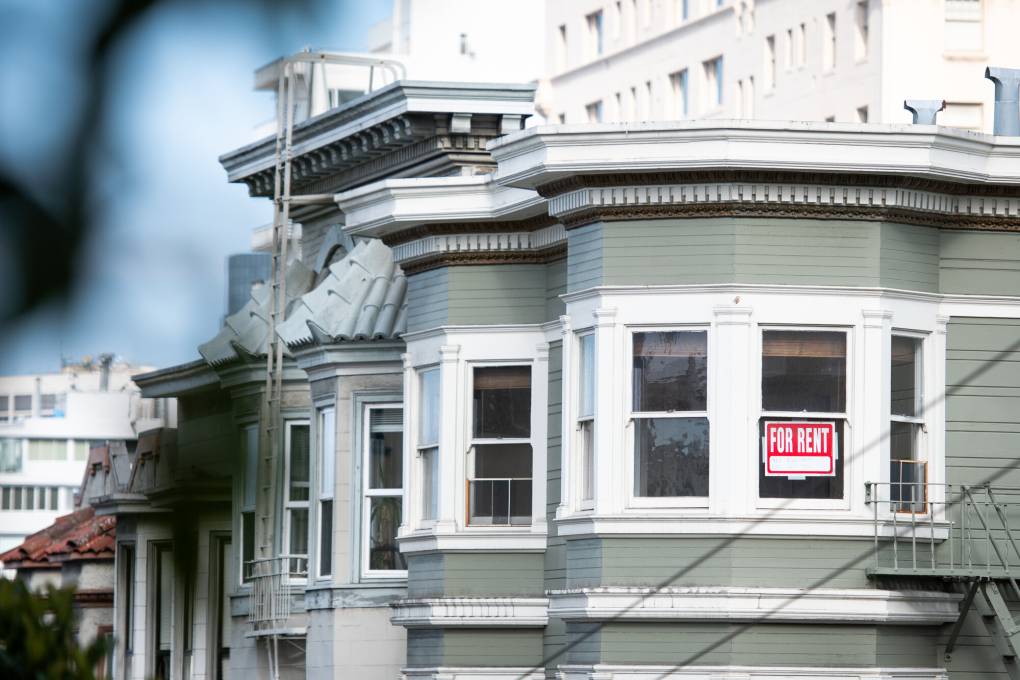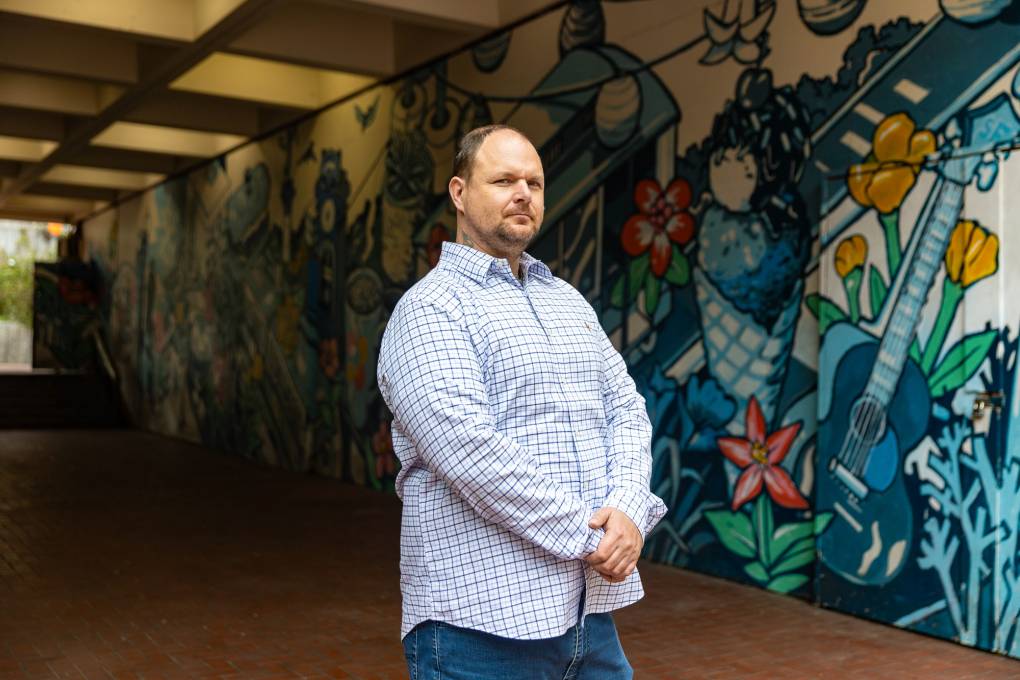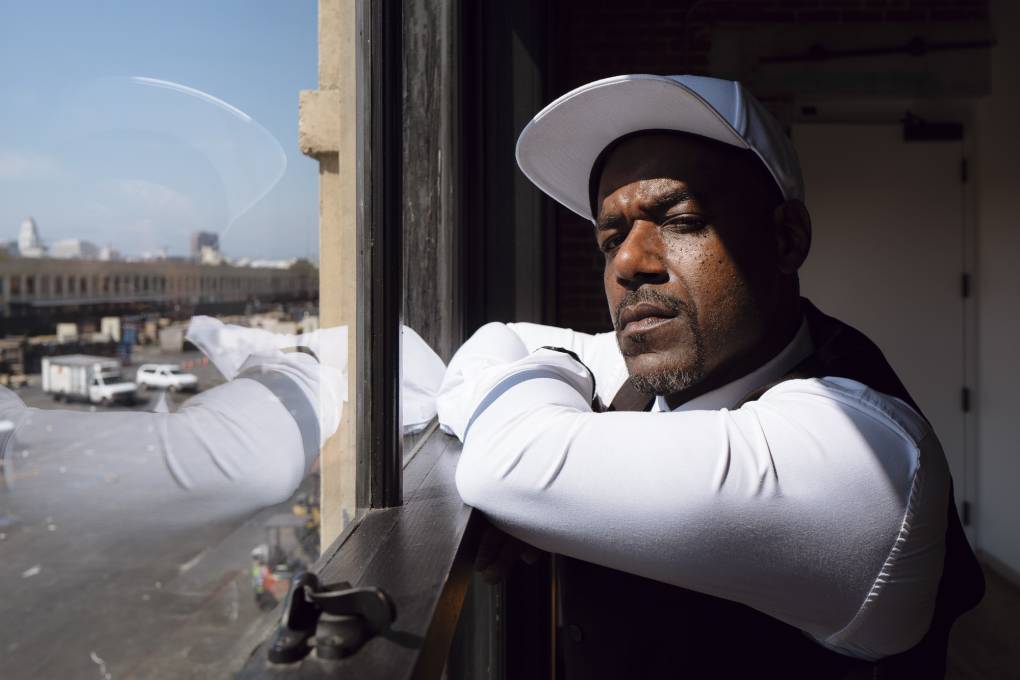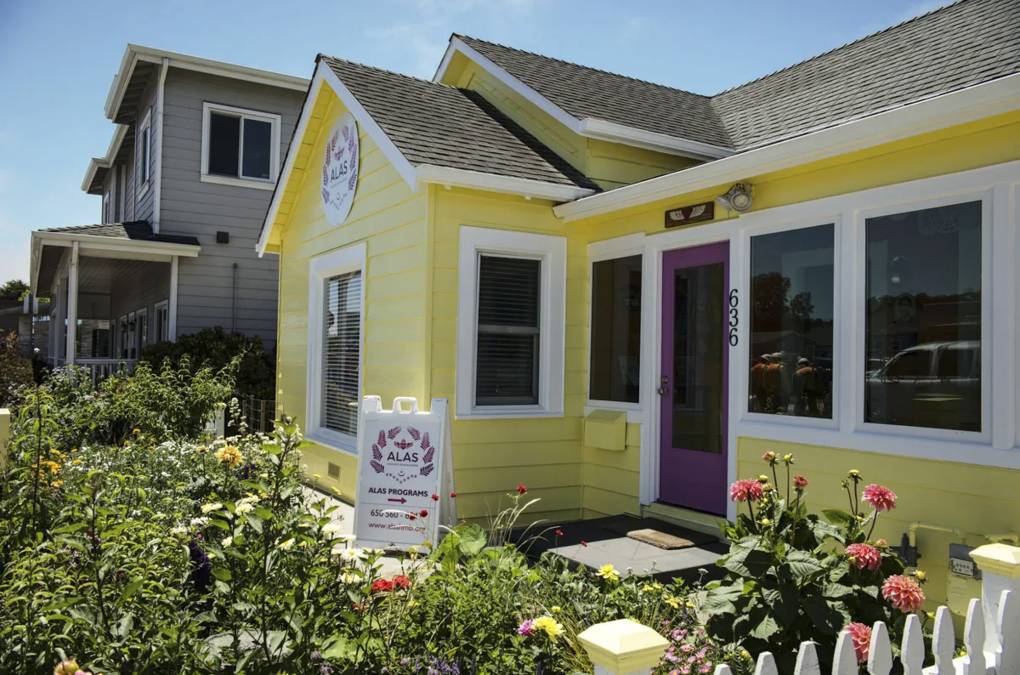“One of the primary root causes of homelessness is serious addiction, which is debilitating and results in people not being able to function or even hold a job,” Reisig said in an interview with CalMatters.
It’s true that participation in drug courts dropped throughout the state in the wake of Proposition 47. In San Diego County, for example, more than 650 people went through drug court in the year before Proposition 47 passed. By 2021, it was down to just 255.
As evidence Proposition 47 is tied to homelessness, backers of the measure point to states with stronger drug laws and smaller homeless populations. Illinois, for example, has a homeless rate about five times less than California’s.
But there are a lot of other factors — especially housing costs — contributing to the state’s homelessness crisis. Fair market rent for a two-bedroom in Chicago is just $1,714 — nearly half the going rate in San Francisco. The San Francisco area rate increased by 72% since Proposition 47 passed, hitting $3,359 this year, according to the U.S. Department of Housing and Urban Development.
For some experts who study crime and homelessness, the ballot measure is baffling.
“I’m not aware of any data that shows a connection between Prop. 47 and homelessness,” said Charis Kubrin, a professor of criminology at UC Irvine. “So it’s a bit of a puzzle to me why they’re together like that.”
Blaming the state’s spike in homelessness on Proposition 47 is “preposterous,” said Sharon Rapport, director of California state policy for the Corporation for Supportive Housing. “All of the changes that the (ballot measure) is proposing have nothing, nothing whatsoever, to do with homelessness.”
The organization hasn’t even taken an official position on the measure because, Rapport said, it’s not related to homelessness.
The number one reason Californians end up homeless is a loss of income — not drug use, according to a UC San Francisco study that provides the most comprehensive look yet at the state’s homelessness crisis. And in the six months before becoming homeless, the people surveyed were making a median income of just $960 a month.
That doesn’t mean drug use has nothing to do with homelessness. Nearly a third of people surveyed reported using methamphetamines three times a week, while 11% used non-prescribed opioids. Other studies have had varying results: a 2022 Stanford Institute for Economic Policy Research study, which cited research from multiple surveys across several states, showed that 43% to 88% of the homeless population struggled with drug abuse.
Drug and alcohol overdoses are also the leading cause of death for homeless people nationwide, according to a February study examining mortality rates among unhoused people between 2011 and 2020.
But it’s clear not everyone on the streets has an addiction. Therefore, the proposed ballot measure would leave out a large chunk of the state’s homeless population.
If the measure helps even a third of California’s 181,000 unhoused residents — that’s a huge number, Reisig said.
“I’ll take that,” he said. “I’ll take that number to try and get those people well, and to get them reintegrated, and to keep them out of jail and prison, and keep them from dying on the street of overdose or murder.”
This measure might help some people get sober, said Benjamin Henwood, director of the USC Center for Homelessness, Housing and Health Equity Research. But for many people, that won’t be enough to end their homelessness, he said. While being sober might make someone more likely to get a job, it won’t make housing any less expensive.
“The question is: Once treatment is up, where do they go?” he said.
Under this measure, the answer to that question will depend on each individual county and how much, if any, housing they make available for people coming out of treatment.
How would the Homelessness, Drug Addiction, and Theft Reduction Act work?
If voters approve the proposed ballot measure, certain repeat drug offenses could be prosecuted as a “treatment-mandated felony.” That means the third time someone is arrested for a drug offense, they could be given a choice between jail or mandatory addiction and mental health treatment.
The measure says people participating in mandatory treatment also would be offered “shelter, job training, and other services designed to break the cycle of addiction and homelessness.” But it doesn’t say how any of that would be paid for. It would be up to counties to decide whether to offer shelter and other services and how to fund them, Reisig said.





